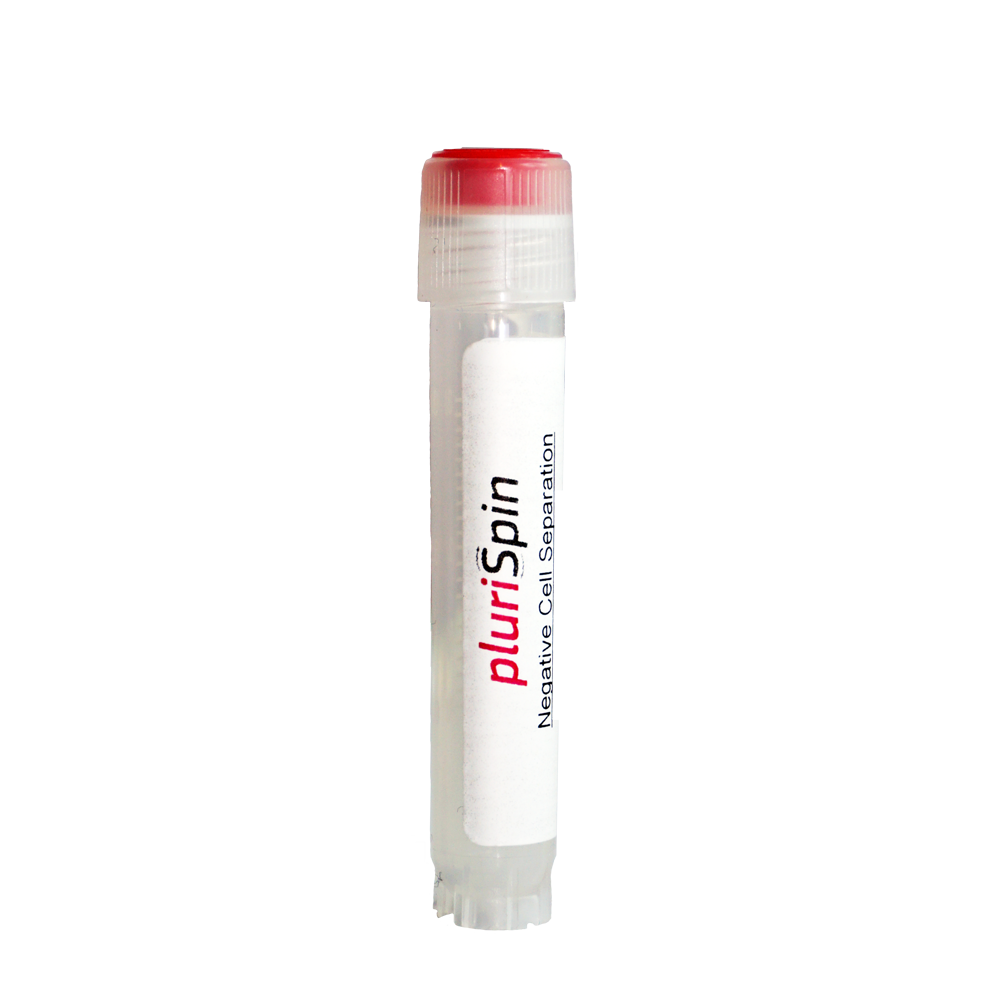Cookie Settings
We use cookies to provide an optimal experience for you. Technically required cookies are used for making shopping possible, statistics are used for anonymized Google Analytics. You can read everything in our updated privacy policy.
Regulatory T (Treg) cells (suppressor T cells) are essential for the maintenance of immune tolerance. Their main role is to stop T cell-mediated immune response at the end of an immune reaction. A second major task is to suppress auto-reactive T cells that escaped the process of negative selection in the thymus.
Two major classes of CD4+ Treg cells have been described - FoxP3+ Treg cells and FoxP3− Treg cells. FoxP3 (Forkhead-Box-Protein P3) is a essential DNA binding transcription factor for regulatory T cells).
Regulatory T cells can develop either during normal development in the thymus, and are then known as thymic Treg cells, or can be induced peripherally and are called peripherally derived Treg cells. Both subsets require the expression of the transcription factor FoxP3 which can be used to identify the cells. Mutations of the FoxP3 gene can prevent regulatory T cell development, causing the fatal autoimmune disease IPEX.
Several other types of T cell have suppressive activity, but do not express FoxP3. These include Tr1 cells and Th3 cells, which are thought to originate during an immune response and act by producing suppressive molecules. Tr1 cells are associated with IL-10, and Th3 cells are associated with TGF-beta. Recently, Treg17 cells have been added to this list.
